What the colour of your urine says about your health
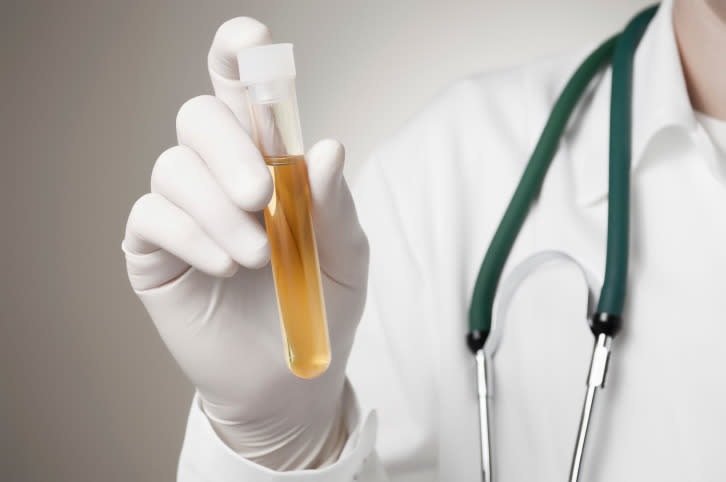
You do it several times a day, but do you ever stop and take a look at the colour of your urine?
While most rarely give it a second thought, the colour of your urine can tell you so much about the state of your health. The various colours of your urine indicate everything from dehydration to disease, so making the most of that routine trip to the toilet could save your life.
We flushed out an expert on the subject, urological surgeon Dr. Howard Evans of the Alberta Urology Institute and the University of Alberta’s Division of Urology, to break down the lighter and darker shades of pale, and what they mean.
Crystal Clear
You might think transparency is a good thing, and it is. Mostly. Dr. Evans says clear urine can also be a sign you’re taking in too many fluids, and that’s not good.
“If your urine is really clear, as clear as water, you may be over-hydrated,” he says. “But it’s rare to over-hydrate. We all err on the side of under-hydration.” In fact, he says many people who over-hydrate are obsessed, and that can be dangerous.
“The risk is that your sodium level, which needs to stay at a nice solid level in your body, can drop, and if it drops too low it can be critical. Your kidneys work to maintain a certain level, but if you present them with too much water they start spilling electrolytes out, sodium being one of them.”
So what’s too much? Four or five litres a day, says the good doctor, but you really have to be guzzling non-stop to consume that much.
Straw or Pale Yellow
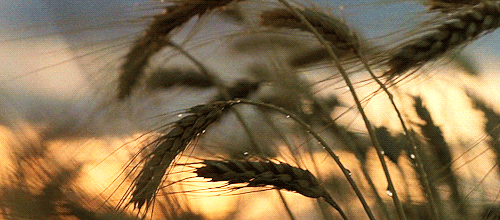
This is the holy grail of output — a mellow yellow that tells you all is good.
Urine is made up of water, urea, sodium chloride, potassium chloride, phosphates, uric acid, organic salts and a bile derivative called urobilin, which gives pee its normal yellow colour. When all those elements are in balance, so are you.
Urine will be naturally darker and more concentrated first thing in the morning, since most people generally don’t drink in their sleep, but should lighten up as the day goes on and fluid intake goes up.
Brownish-Orange
If your urine is dark to the point of brown, you’re dehydrated – but this has a quick fix.
If you’ve been over-indulging in rhubarb or fava beans, however, those could be the culprits, in which case that’s another quick fix.
Similarly with orange urine: you’re dehydrated or have ingested food dye. Also, some vitamins, such as B-complex and C, can turn urine a deep, sometimes fluorescent, yellow.
If none of these applies, and if re-hydration doesn’t clear it up, you could have liver or bile duct troubles, particularly if you have associated factors such as pale stools and yellow eyes and skin, in which case a trip to the doc is highly recommended.
Pinkish-Red
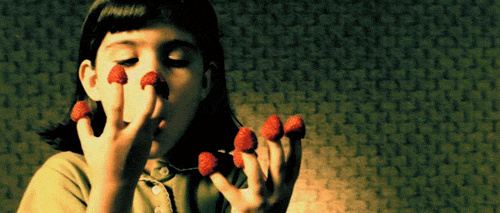
Unless you’ve chowed down on a ton of beets or berries, you don’t want to see red in the toilet.
That’s most certainly blood, an indication of a host of potential problems, from benign to malignant. Urinary tract infection, kidney or bladder stones, kidney disease and the more serious kidney, bladder or prostate cancers are some of the possibilities, particularly if the bleeding is painless, a signal something more serious is afoot.
“A little light red you want to be looked at, but if you’re seeing particulate matter, you should get in quite quickly,” says Dr. Evans.
Long-distance runners and extreme exercisers can also get pinky-red urine due to muscle breakdown, he says, but that’s unusual.
Blue or Green
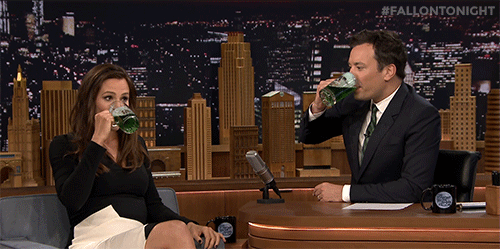
If red urine sets off alarm bells, imagine seeing blue or green splashing around the toilet bowl. Fortunately, this is as rare as a leprechaun in spring, although it can indicate a little-known inherited enzyme disease called porphyria.
Usually it’s simply a sign of what you’ve swallowed, such as certain medications or food dyes that don’t get absorbed and pass out through the GI tract.
“If your kids have been eating blue-frosted cupcakes at a birthday party, or you’ve been drinking green beer at a St. Patrick’s Day party, that’s usually your answer,” says Dr. Evans.
If none of these applies, however, “go see someone because you might have something weird going on,” he says.
White, Cloudy
Most people immediately suspect infection when their pee turns cloudy, but that’s not the whole story.
“The most common reason is you have phosphates in your urine,” says Dr. Evans, which is harmless if you’re not having associated symptoms such as pain, blood or constant urination.
“It sometimes can point to kidney problems, [meaning] you’re spilling phosphates from your kidneys which would normally go back into your bloodstream. Otherwise, if you have cloudy urine and you drink some extra water and it goes away, that’s a benign thing; you’ve got some phosphates in there or some other element that’s making your urine cloudy.”
Froth and Foam
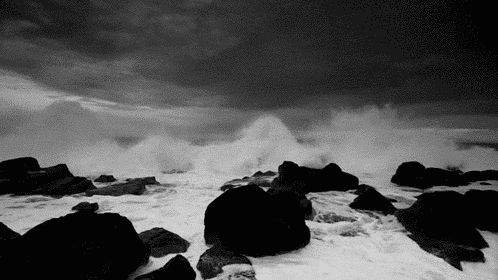
Usually caused by the strength of your stream, foamy urine can also indicate protein in your pee, which can be a sign of kidney trouble.
“A foamy, frothy top to the urine can be a sign of a lot of protein, most common in people with kidney disease,” says Dr. Evans.
“Generally speaking, you shouldn’t have any protein in your urine because your kidneys filter it out. But if the pores in your kidney filter get thicker then the bigger proteins can get through and that’s when you get the problems.”
If excess bubbles aren’t the result of a fire-hose flow, see a doctor.
Scent of a Veggie
Smelly pee is not usually a sign anything is amiss, it’s more likely an indicator of medications you’re taking or foods you’ve eaten.
“The classic ‘asparagus urine’ is a genetic condition,” says Dr. Evans. “There are some people who have a gene that if they eat asparagus, the first urination afterwards smells very odd. Also, more concentrated urine will have a stronger smell. Most infected urine, however, doesn’t smell that bad.”
Bottom Line
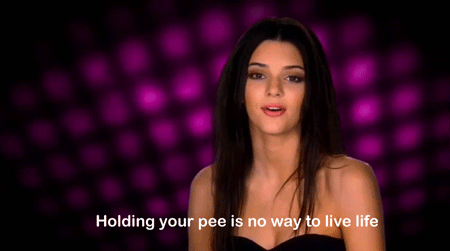
“If you see a change in the colour of your urine, drink more water for the next couple of hours and see what happens,” says Dr. Evans. “If things get much better, you have your answer; you were probably just a little dehydrated.”
He says normal output is about two litres a day (four or five trips to the loo), because you should be taking in two litres of fluid a day. And that fluid should, ideally, be plain old tap water, he says.
“We’re made of 65 per cent water; that’s something we need to [maintain]. If water is not palatable enough for you, throw a bit of lemon juice in it. But water truly is the best thing because that’s what’s keeping you healthy. When you’re properly hydrated you’re going to feel better, look better, your skin will be better, you’ll have more energy, you’ll be more alert. In this day and age when people are looking for the next quick fix, guess what? Just turn the tap on, have a glass of water.”


